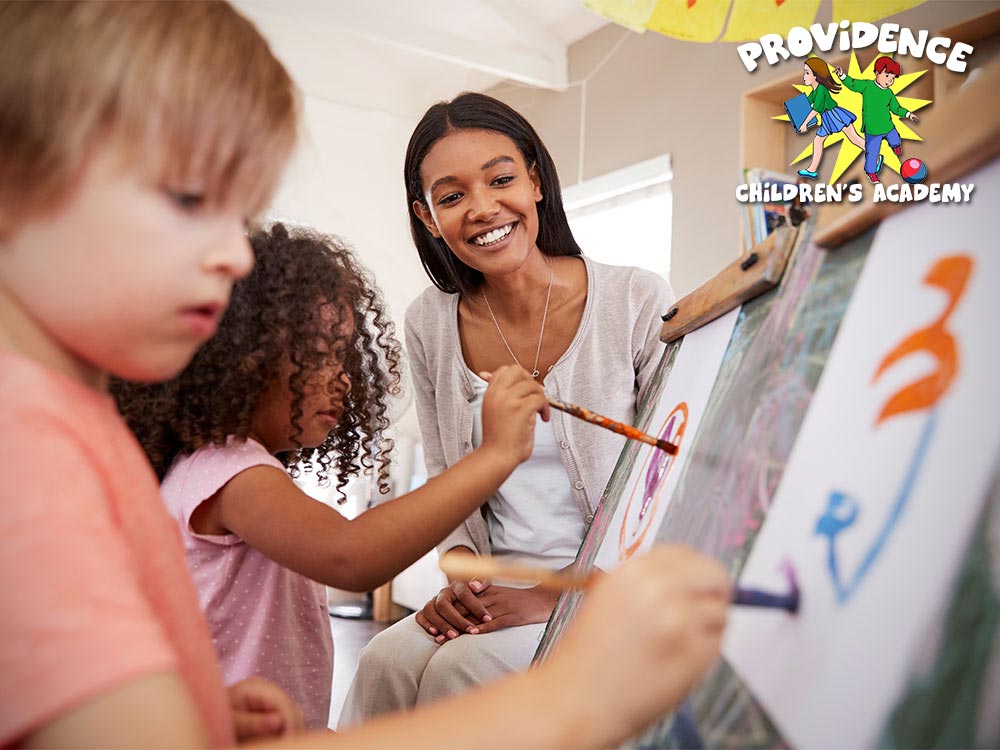
One of the most important roles a teacher plays is keeping students safe and comfortable within the learning environment. Within a preschool, teachers are used to seeing many different personalities in children. As children grow and develop, their behavior shifts. With all the changes that occur in their lives and the sensory messages they are exposed to on a daily basis, this can be confusing for them. The result: children begin to convey their emotions and feelings through their behavior. Positive Behavior Support is a set of strategies aimed at addressing and improving challenging behavior in schools. Essentially it is not a program but rather a broad term that refers to a system that ensures the safety of school children in discipline and behavior adjustments. Using Positive Behavior Support to create a safe preschool will help build a foundation for elementary school.
What is Positive Behavior Support
The term Positive Behavior Support (PBS) refers to the application and use of positive behavioral techniques aimed at achieving behavioral change that is important in a social setting such as the classroom. School safety and discipline has become a hot topic over the years and this has called for a change when handling difficult situations and students.
The foundation of PBS is based on the science of behavior and the emphasis is placed on preventative and positive approaches instead of the familiar traditional approaches to discipline. Traditionally, challenging behavior has been addressed with punishment in attempts to eliminate the behavior instead of looking at why the behavior actually occurred. PBS is seen as a revolutionary approach to discipline because the aim is to determine more than just the what, where, when and how of the situation and placed a focus on the why.
Over time teachers have come to understand that punishing students because of disruptive behavior causes more harm than good. In most cases, this behavior serves a purpose for the student. Students that act out, get more attention from the teacher and often gets them out of working. By reacting to this behavior which can often times be aggressive, the class is disrupted and the rest of the student’s education is interfered with. The behavior can upset staff, create a negative environment within the class and endanger the person exhibiting the behavior and other students.
PBS makes use of approaches such as: changing systems, altering environments, teaching skills and appreciating positive behavior. Through these approaches, negative behavior is replaced with prosocial behaviors that will be beneficial for the problem student as well as the rest of the classroom. Students learn better ways to make themselves heard and their feelings known.
Strategies Used in the Classroom
-
The Classroom Environment
Teachers can alter or remove environmental condition in the classroom which trigger challenging behavior. Accommodating students that are affected the environment they are in, such as ADHD students sitting in high-traffic areas will eliminate the opportunity for distraction. Clearly defined workspaces like carpet squares where students sit on the floor assists in making everyone feel as if they have their own space.
-
Increase Predictability and Scheduling
By removing uncertainty, teachers can create a schedule for the classroom so that there is a routine to stick to. This will decrease levels of anxiety that may crop up in the classroom, which will prevent triggering any challenging behavior. Changes throughout the day such as assemblies or fire drills may affect the class schedule. Preparing students for these changes will help in preventing anxiety in students that prefer a structured day. When transitioning from activity to activity, giving students fair warning will contribute to ensure appropriate classroom behavior. The preschool curriculum offered at Providence Children’s Academy allows for this.
-
Appreciate Positive Behaviors
Positive reinforcement for good behavior in the form of verbal praise or using a reward system encourages students to repeat this behavior as opposed to acting out. Whatever system is used, it should be a fair and consistent. Acknowledging children’s accomplishments helps them see that this is good for them as well.
-
Managing Their Own Behavior
Teaching your students to manage their own behavior through checklists or charts will make them more aware of their goals and the success of achieving these goals. These can be small goals and can carry a reward system, depending on the nature of the task at hand Students will experience personal success when achieving goals and will be motivated to continue with this behavior. It will also keep students focused on what they need to do for themselves.
At our preschool in Coconut Creek, we have adapted to the Positive Behavior Support technique which has proven to be hugely successful. At Providence Children’s Academy, your children’s safety and wellbeing is important to us. We aim to offer school-wide support for our students, beginning with encouraging positive behavior reinforcement. In doing so, we are able to create a pleasant environment for students, teachers and even parents of students.
What children learn in their preschool years plays a vital role in the foundation of their personalities. Addressing socially challenging behaviors from the outset, in a purposeful manner, means we can contribute positively to your children’s future.
